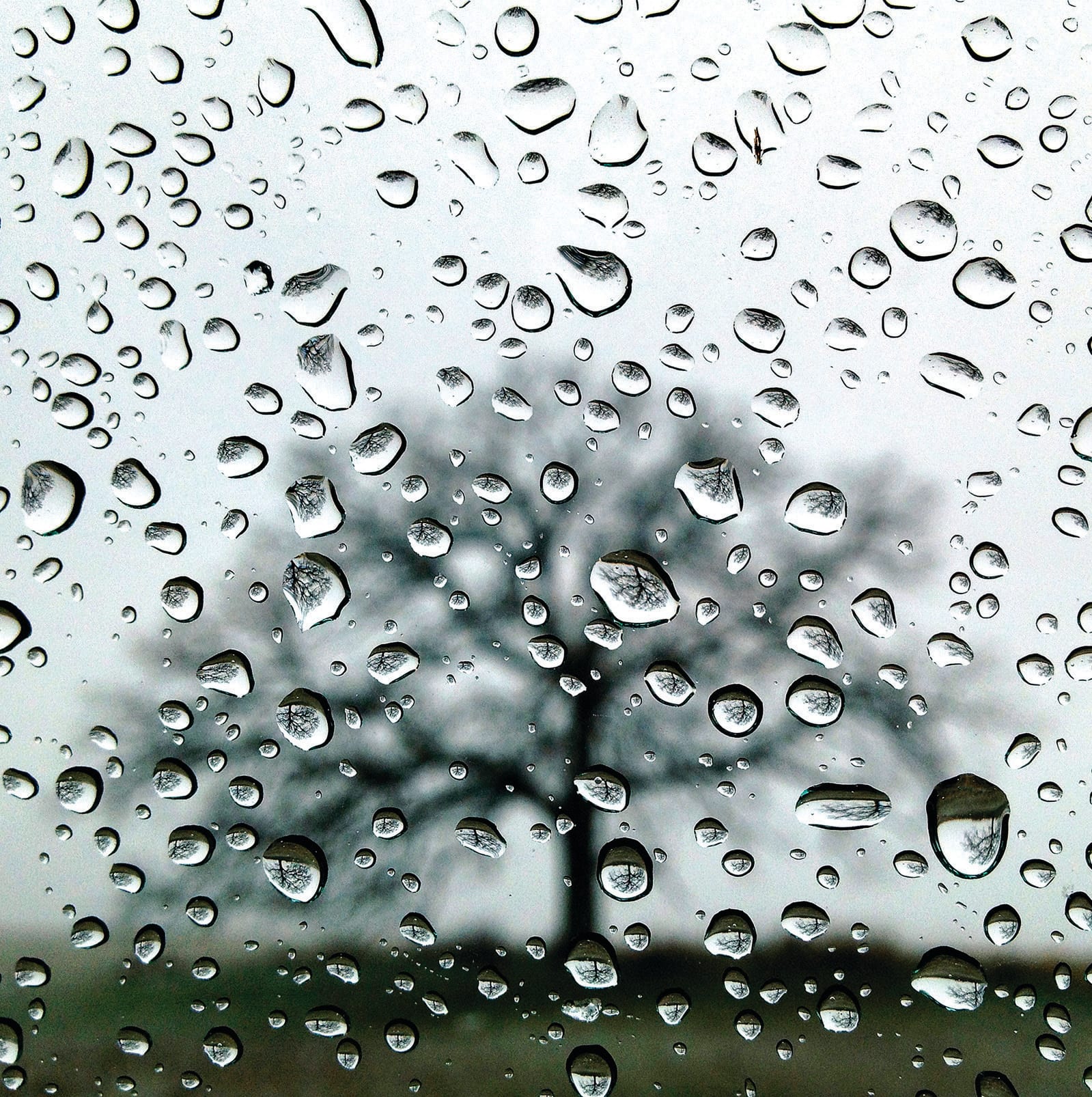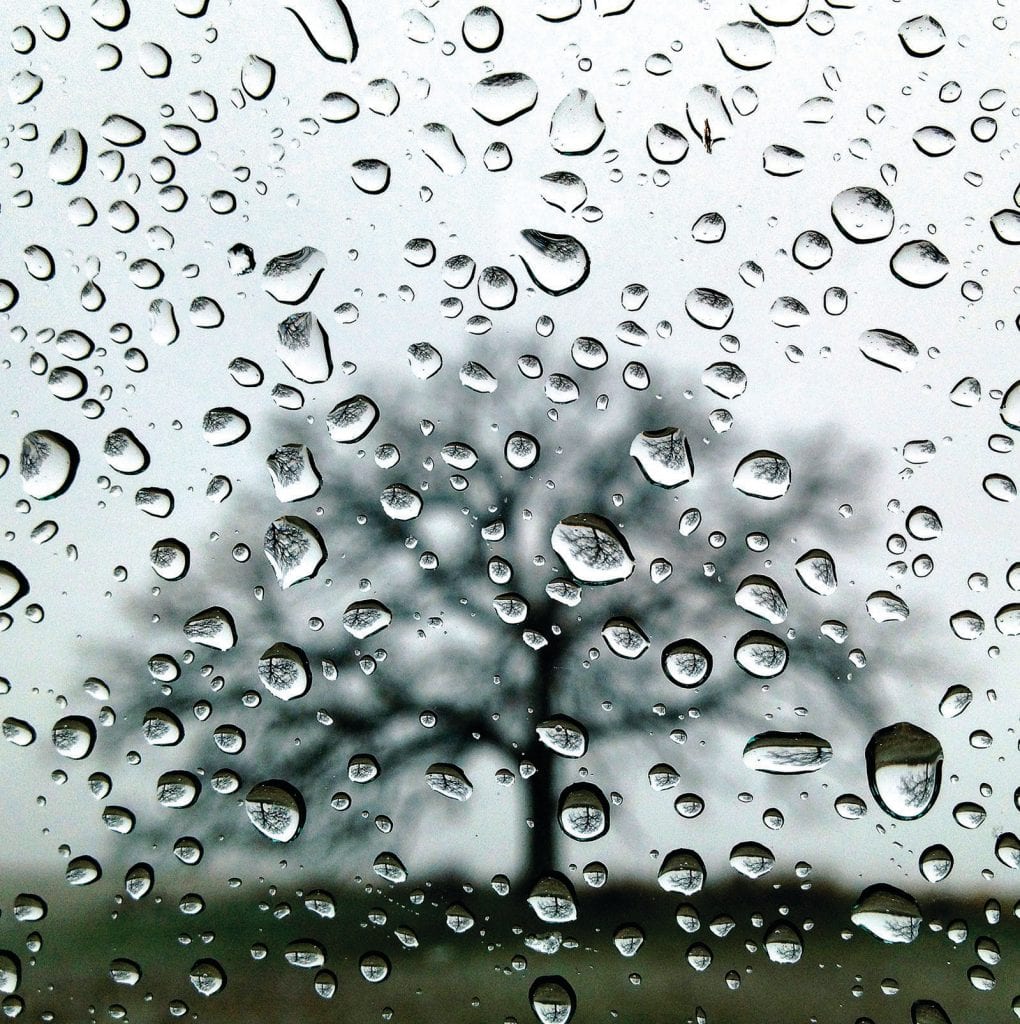These tips can take your phone photography to the next level
There is a saying, “The best camera is the one you have with you.” In this age of digital technology, that camera is most often a smartphone.
As a professional photographer, all of my corporate, commercial and editorial photography work is produced using a Canon 5D Mark III camera, but my favorite camera is the one in my iPhone. I am best known for the images in my coffee table book called “That Tree.” All of those images were produced using the even less-sophisticated camera in my iPhone 4S.
It is important to understand that it’s not about the camera. It’s about the eyes and the mind behind the camera. It’s about our ability to translate the world around us into a creative photographic record that reflects our personal interpretation of that world. Mastering the operation of our cameras so we can make pictures that represent our own vision is what sets us apart as individual photographers.

I used selective focus for this composition by placing my finger on the water droplets on my truck window to establish my focus point. (iPhone 4S)
I am going to share some tips that I hope will guide you and help you get the most out of your smartphone cameras.
My first recommendation is to read your smartphone owner’s manual to familiarize yourself with its camera functionality. The iPhone operates differently than an Android phone, and each brand has its own unique functionality.

Using quality of light at sunset and composing to emphasize the broad expanse of sky, I offset a tree against the sunset. (Tripod-mounted iPhone 6 using the AnyCase smartphone holder)
One of the simplest ways to improve smartphone image quality is to manually set the focus and exposure. The camera in your smartphone is always in auto mode. It has no idea what is most important when you point it at a scene to make a picture. Are you photographing a person in a scene, or are you photographing a flower in the foreground? The smartphone camera is not that smart and has no idea. You need to tell it by touching your finger on the subject of your picture on the screen so the camera will focus on and set the exposure based on that point of interest.
Another way to improve your image quality is by manually changing the exposure. When viewing a scene and making a picture, your smartphone will display the photo as it will appear. If the scene looks too dark or too bright, you can change it by touching your screen and sliding your finger up or down to alter the exposure.

Here I focused on the boat and exposed for the sunset, which made the boat become a silhouette. (iPhone 6)
I recommend deactivating the digital zoom on your smartphone. Digital zoom reduces your smartphone camera’s resolution. Get closer or move farther away to alter your composition, and if you want to zoom in on the image, crop it on your computer for better image quality. Consider using lens attachments like OOWA, Olloclip and Moment lenses to zoom in when making pictures without reducing the resolution of your smartphone.
Your movement when making a picture often causes images to be out of focus. To improve image quality, try using your volume button as the shutter release. This will help you be steadier when making a picture. Touching your screen requires holding the phone with only one hand, making you less stable and causing out of focus pictures. When possible, also take more than one photo so you have more options from which to pick.
These pointers will help you further improve your smartphone photography:
General tips for all smartphone cameras
- Learn the key features — read your manual.
- Manually set your focus.
- Manually set your exposure.
- Manually set your white balance.
- Deactivate your flash for better and more natural-looking photos.
- Hold your phone camera steady with two hands for sharper images.
- Use the volume button shutter release if your phone has one.
- For sharper images, use image stabilization mode if your camera app offers it.
- Deactivate digital zoom.
- Use your phone camera’s highest image resolution setting.
- Clean your smartphone’s lens.
- Experiment with and use appropriate camera modes — portrait/sports/landscape/etc.
- Consider using alternate camera apps that offer more camera controls.
- Take more than one photo — experiment with composition, exposure, perspective and focus.
- Edit your photos, but always save the unaltered original images.
iPhone-specific tips
- Use action burst mode and save the best frame.
- Use panoramic mode for a unique compositional view.
- Use the volume button shutter release for stability and sharper images.
- Use the headphone controller as a shutter release.
Basic photography tips
- Don’t take photos; make photos: Make intentional decisions about composition.
- Pay attention, consider backgrounds, change perspective and use framing.
- Use reflector cards.
- Use cards to diminish background in landscape details.
- Experiment with bracket exposure.
- Utilize quality of light — light is a photographer’s most important artistic tool.
- The best light for landscape photography occurs before, during and after sunrise or sunset.
- Use the “Rule of Thirds” for a basic compositional starting point.
- Other compositional options: framing, neutral space, foreground/background, perspective, leading line, shape, pattern.

I composed this shot by placing my subject against a neutral backdrop with a strong foreground and a strong background object bookending and framing him in the scene. (iPhone 6)



